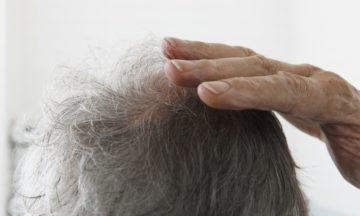Gina Kolata in The New York Times:
 Every person, every mouse, every dog, has one unmistakable sign of aging: hair loss. But why does that happen? Rui Yi, a professor of pathology at Northwestern University, set out to answer the question.
Every person, every mouse, every dog, has one unmistakable sign of aging: hair loss. But why does that happen? Rui Yi, a professor of pathology at Northwestern University, set out to answer the question.
A generally accepted hypothesis about stem cells says they replenish tissues and organs, including hair, but they will eventually be exhausted and then die in place. This process is seen as an integral part of aging. Instead Dr. Yi and his colleagues made a surprising discovery that, at least in the hair of aging animals, stem cells escape from the structures that house them. “It’s a new way of thinking about aging,” said Dr. Cheng-Ming Chuong, a skin cell researcher and professor of pathology at the University of Southern California, who was not involved in Dr. Yi’s study, which was published on Monday in the journal Nature Aging.
The study also identifies two genes involved in the aging of hair, opening up new possibilities for stopping the process by preventing stem cells from escaping. Charles K.F. Chan, a stem cell researcher at Stanford University, called the paper “very important,” noting that “in science, everything about aging seems so complicated we don’t know where to start.” By showing a pathway and a mechanism for explaining aging hair, Dr. Yi and colleagues may have provided a toehold. Stem cells play a crucial role in the growth of hair in mice and in humans. Hair follicles, the tunnel-shaped miniature organs from which hairs grow, go through cyclical periods of growth in which a population of stem cells living in a specialized region called the bulge divide and become rapidly growing hair cells.
More here.
